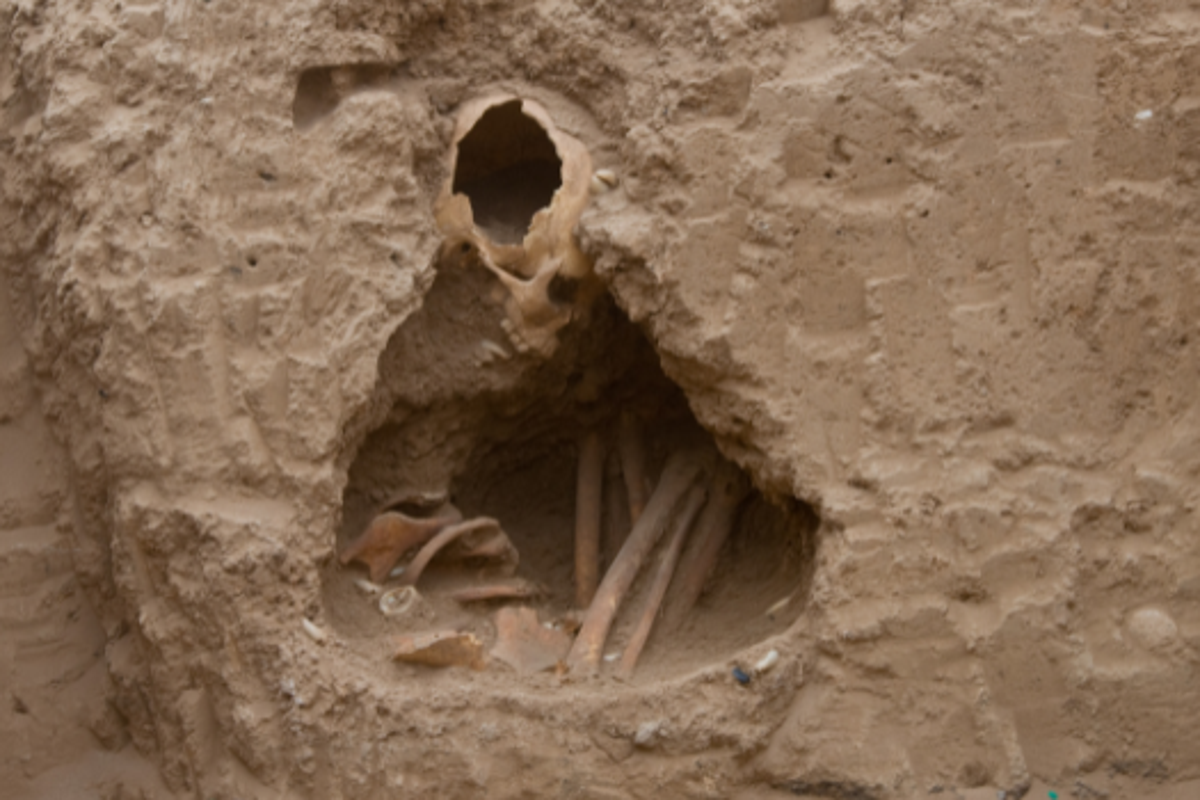
"Scientists have made new discoveries about the lives of the world's first farming communities after analysing 10,000-year-old teeth. Researchers from Durham University used the jaws of 71 people, dated from across the Neolithic period, to understand how people moved between communities in ancient Syria. By analysing the strontium and oxygen isotopes in the tooth enamel, dated from 11,600 to 7,500 years ago, scientists were able to identify whether the individuals had grown up locally or if they had moved from other communities."
"The study, published in the journal Nature Scientific Reports, found women were more likely to move between communities, suggesting men were more likely to remain in their home communities with women joining them in marriage. They added that this movement cycle may also have evolved to avoid inbreeding within communities. This mobility, experts wrote, had profound social implications for community integration. But researchers found evidence that individuals from elsewhere were buried together in the same way as locals, enjoying similar post-mortem practices."
Analysis of 71 Neolithic jaws dated between 11,600 and 7,500 years ago used strontium and oxygen isotopes in tooth enamel to determine childhood origins and mobility. The data indicate women were more likely to have moved between communities while men tended to remain in their home communities, consistent with patrilocal marriage patterns. Female-biased mobility likely helped to avoid inbreeding and supported community integration. Individuals identified as non-local were buried with the same practices as locals, suggesting similar post-mortem treatment and social inclusion of newcomers within those communities.
Read at www.independent.co.uk
Unable to calculate read time
Collection
[
|
...
]